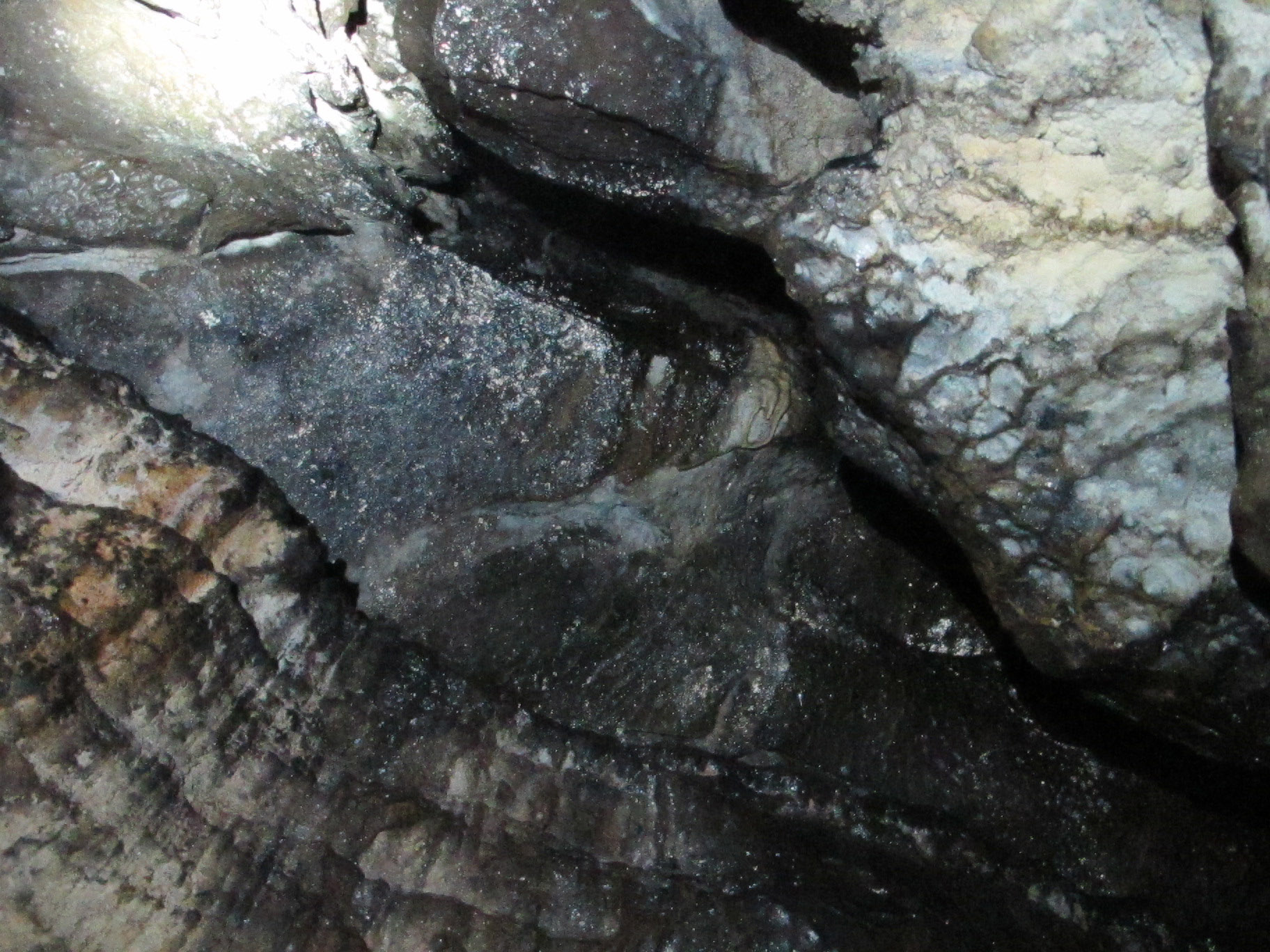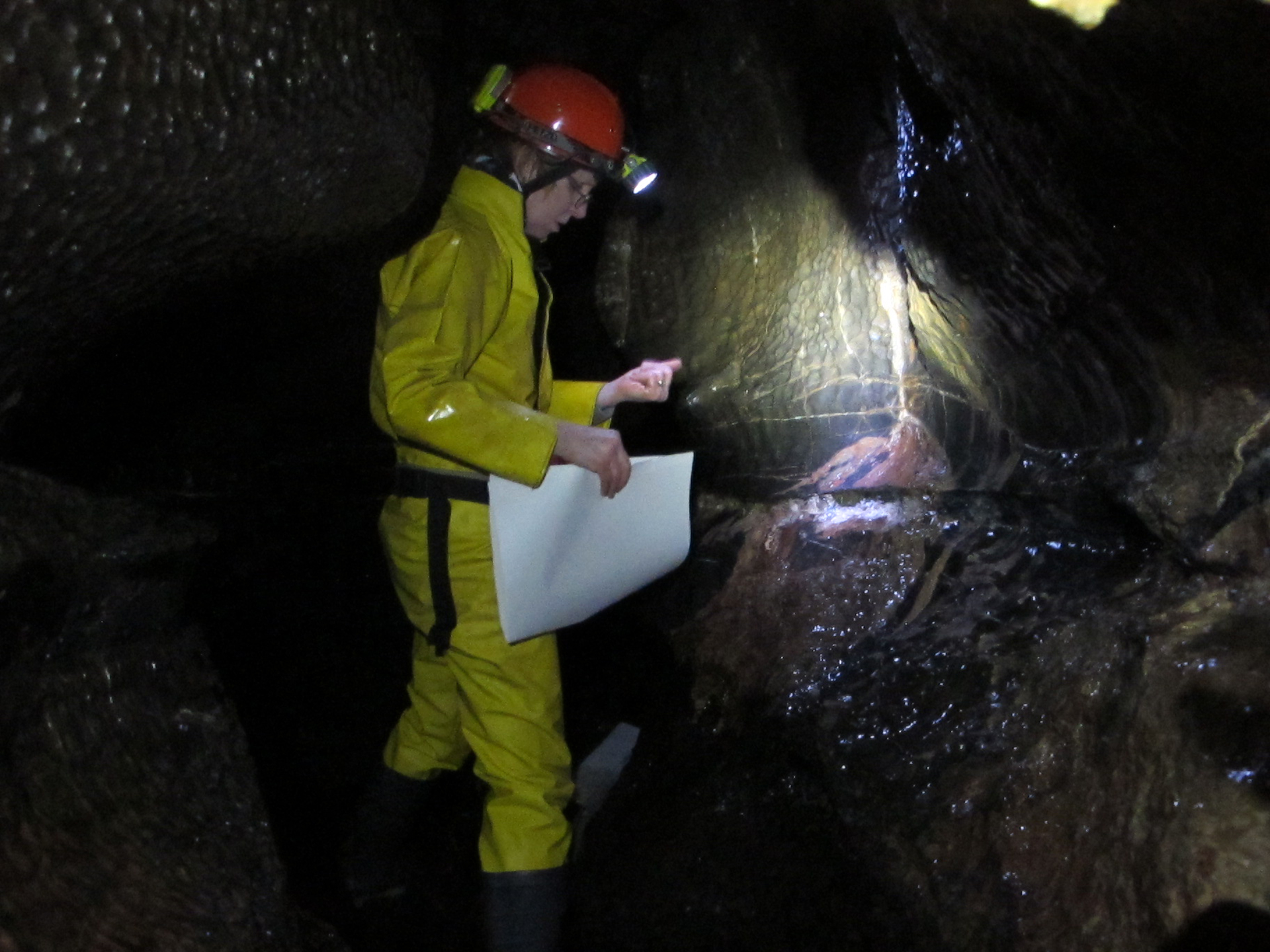Lac Lunae (Sludge Pit Hole)
2017A small section of cave wall transcribed to reveal patterns of a hidden landscape.


A small section of cave wall transcribed to reveal patterns of a hidden landscape shaped over vast periods of time. Using the point of a solitaire diamond, a slow, laborious process of engraving mirrors the natural process of erosion and transmutes a place of solid darkness into light.
Lac Lunae, or moonmilk, is a white mineral deposit found in caves. It was named by the Swiss naturalist Conrad Gesner (1516–1565) from the Medieval belief that the rays of celestial bodies condensed on Earth.







Thanks to Robin Gray and National Glass Centre.